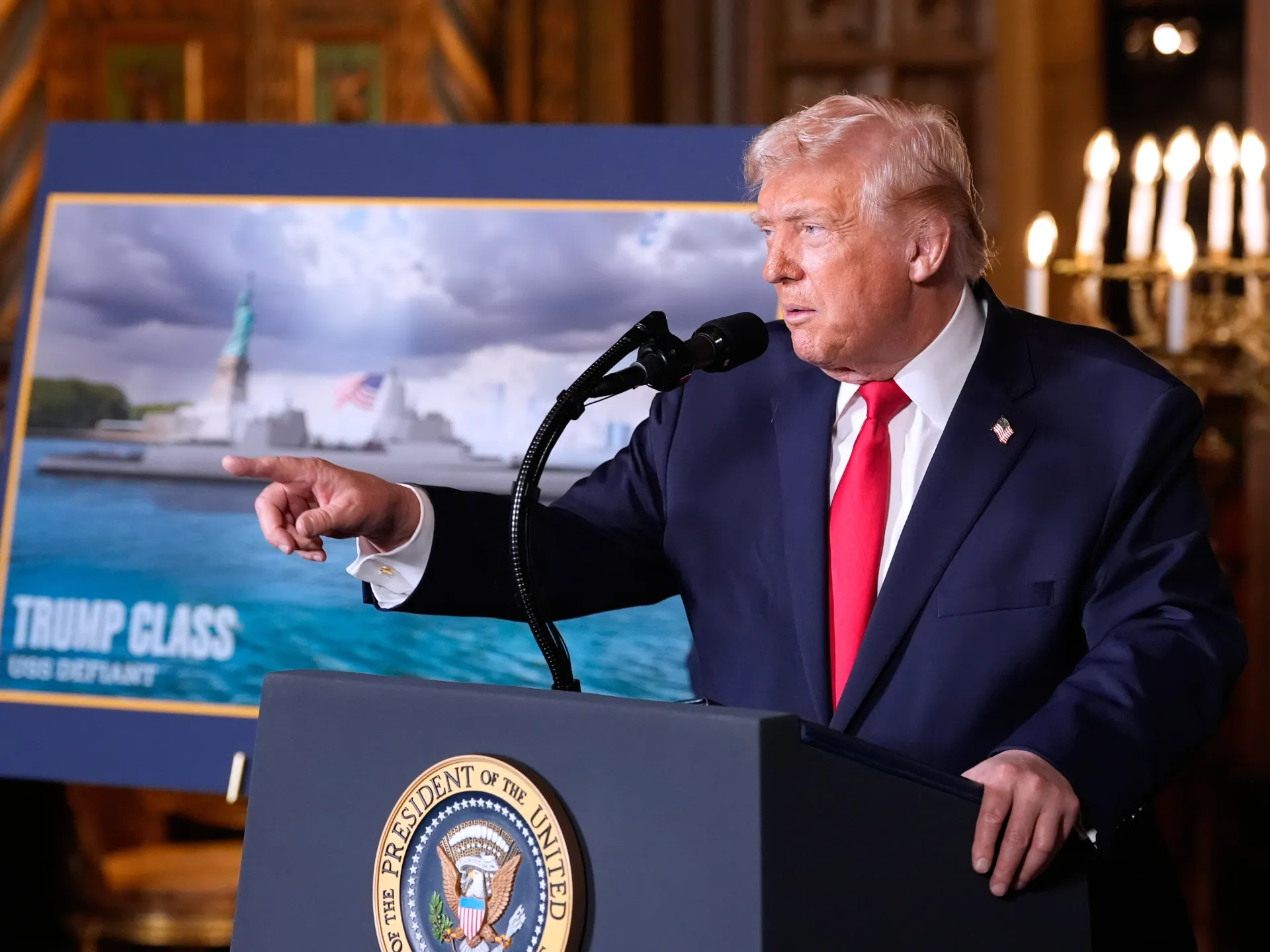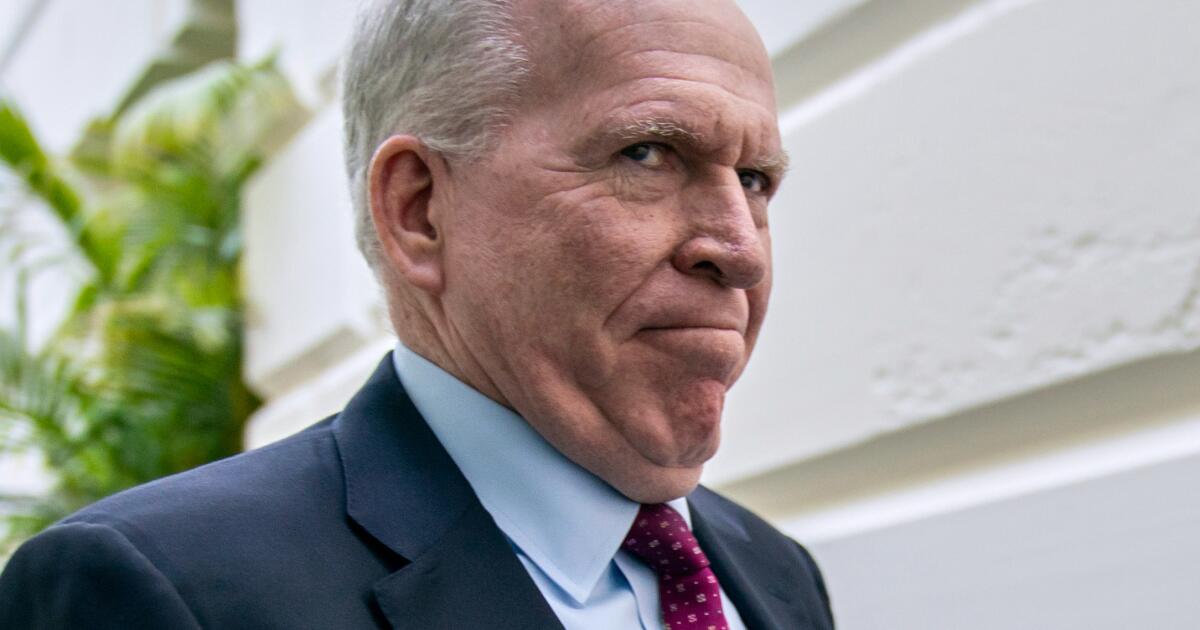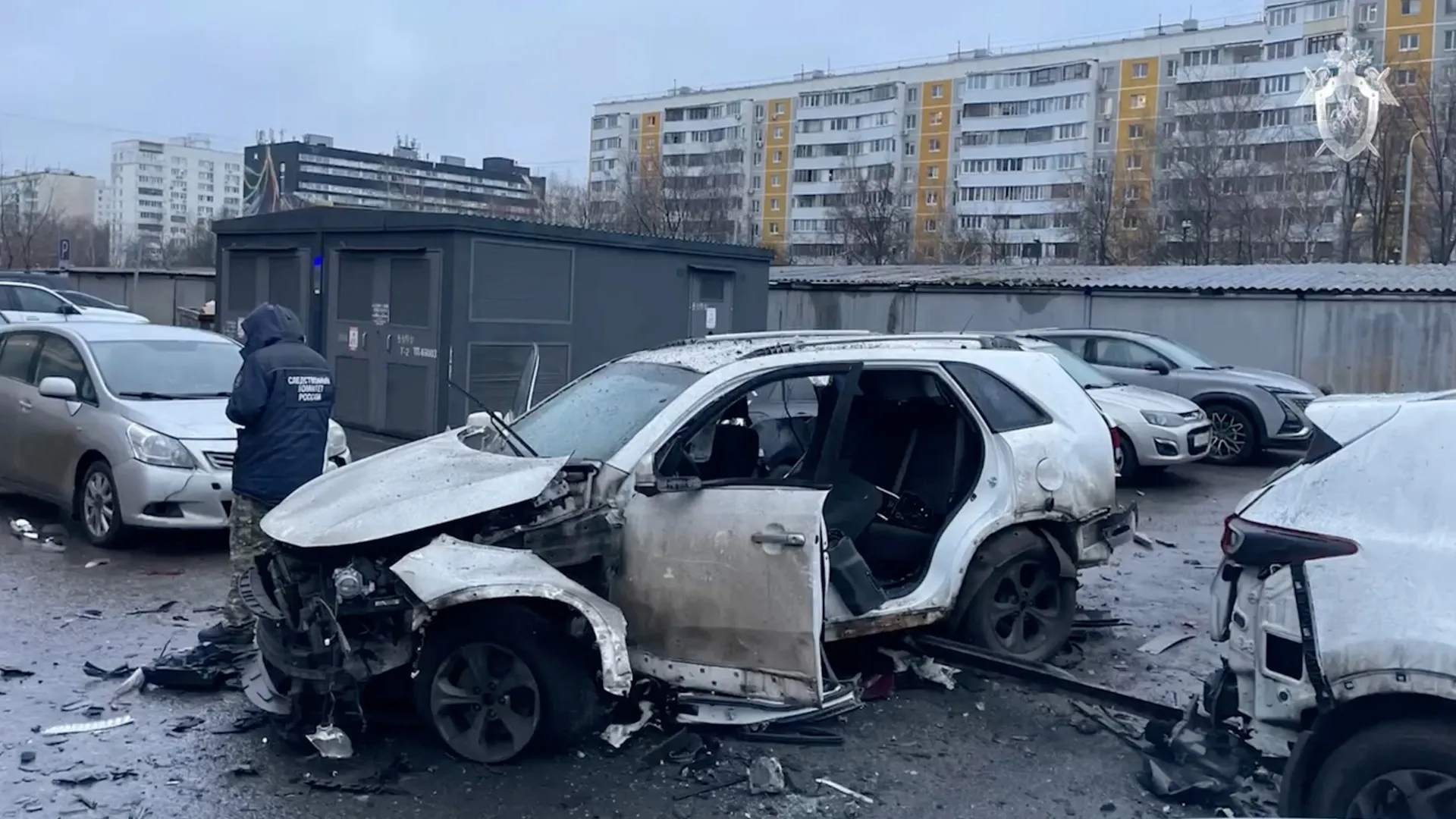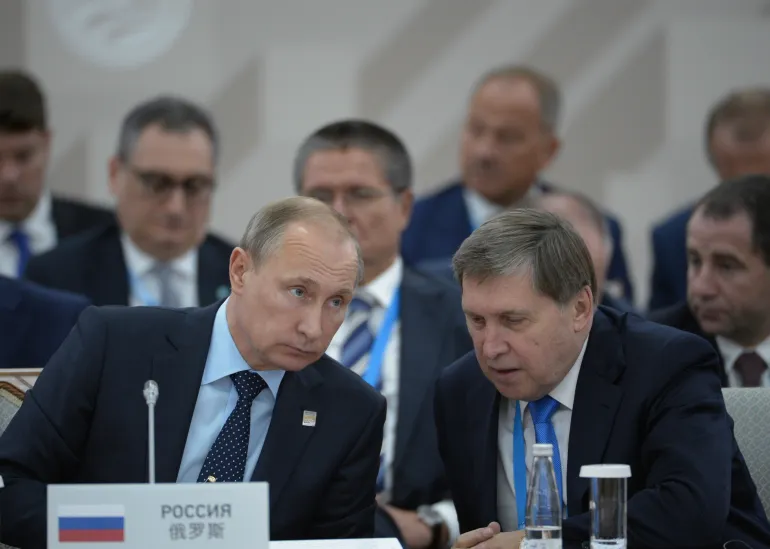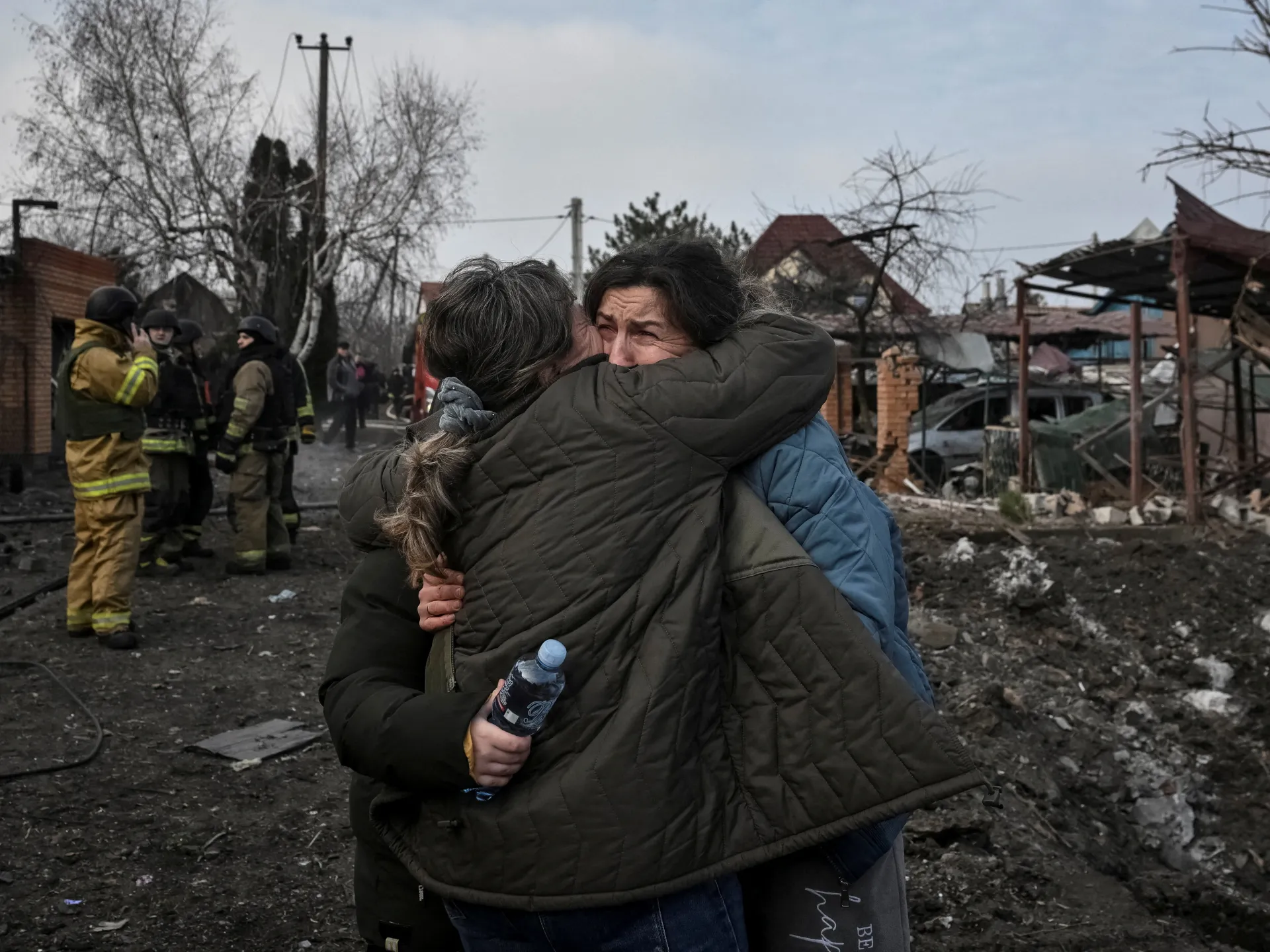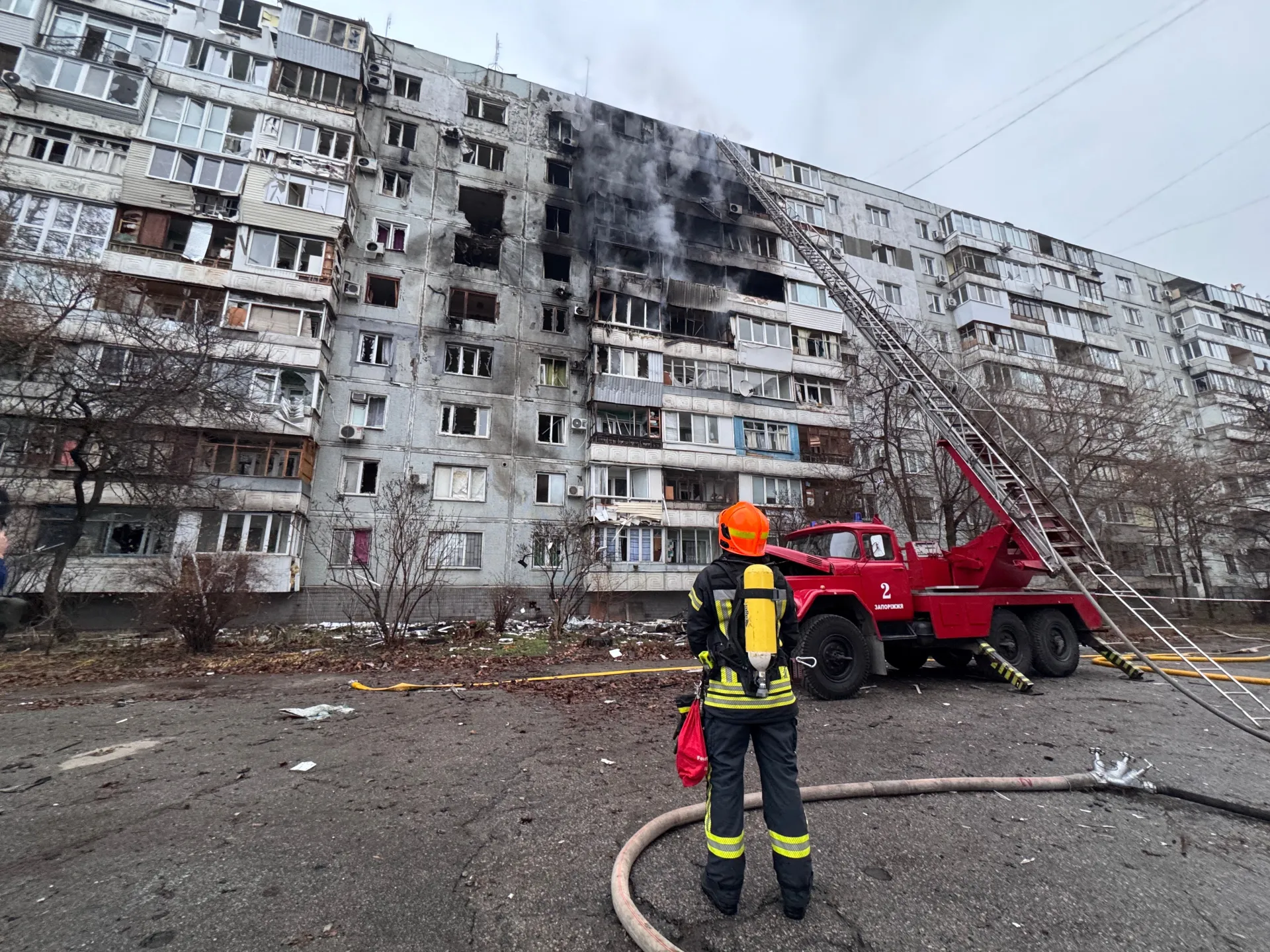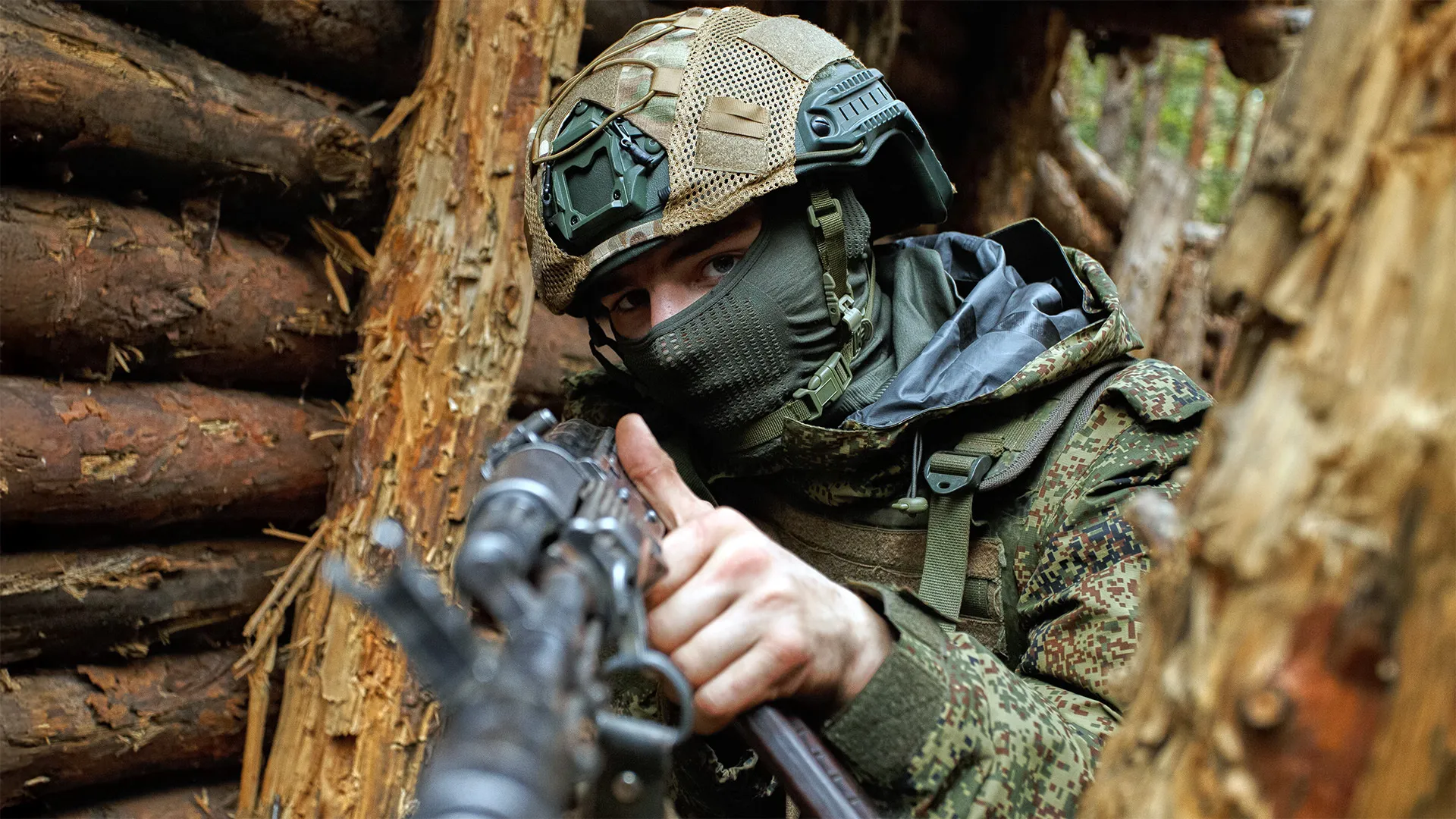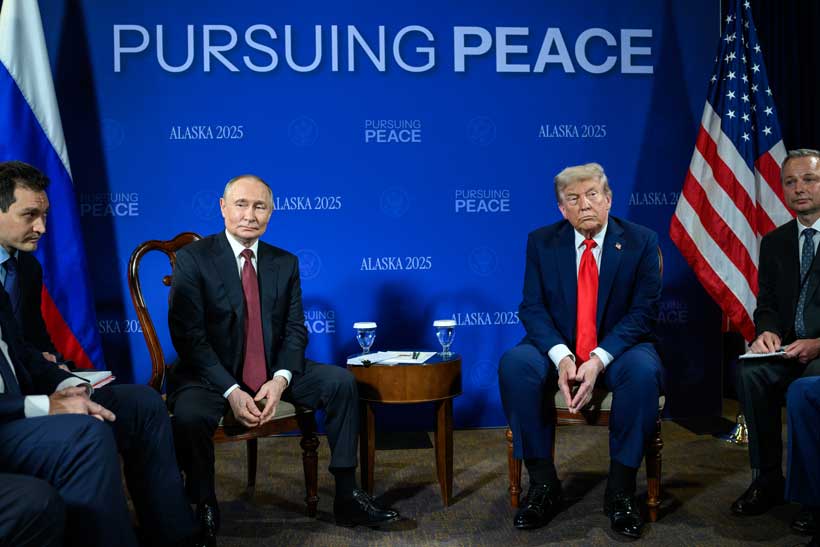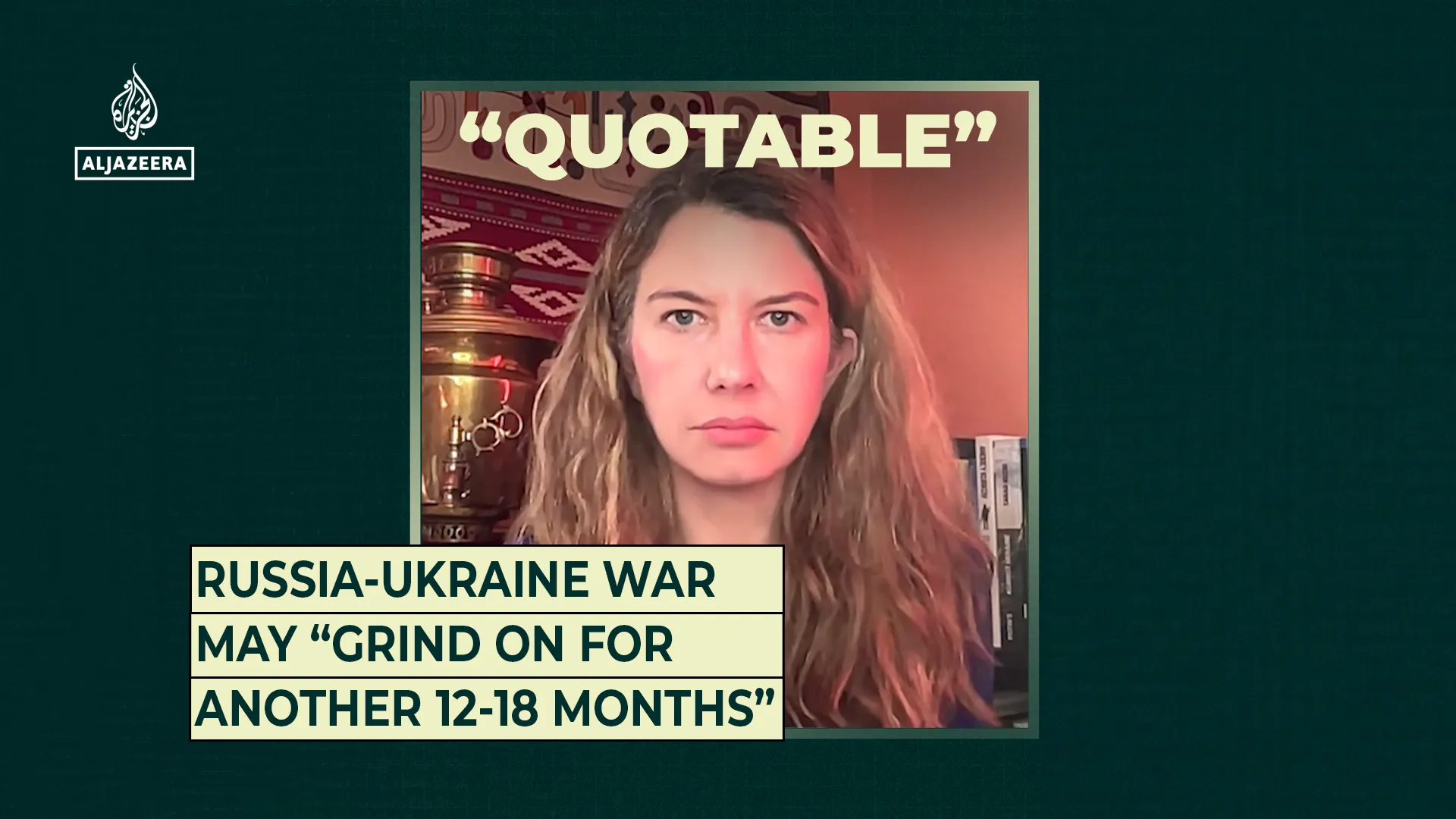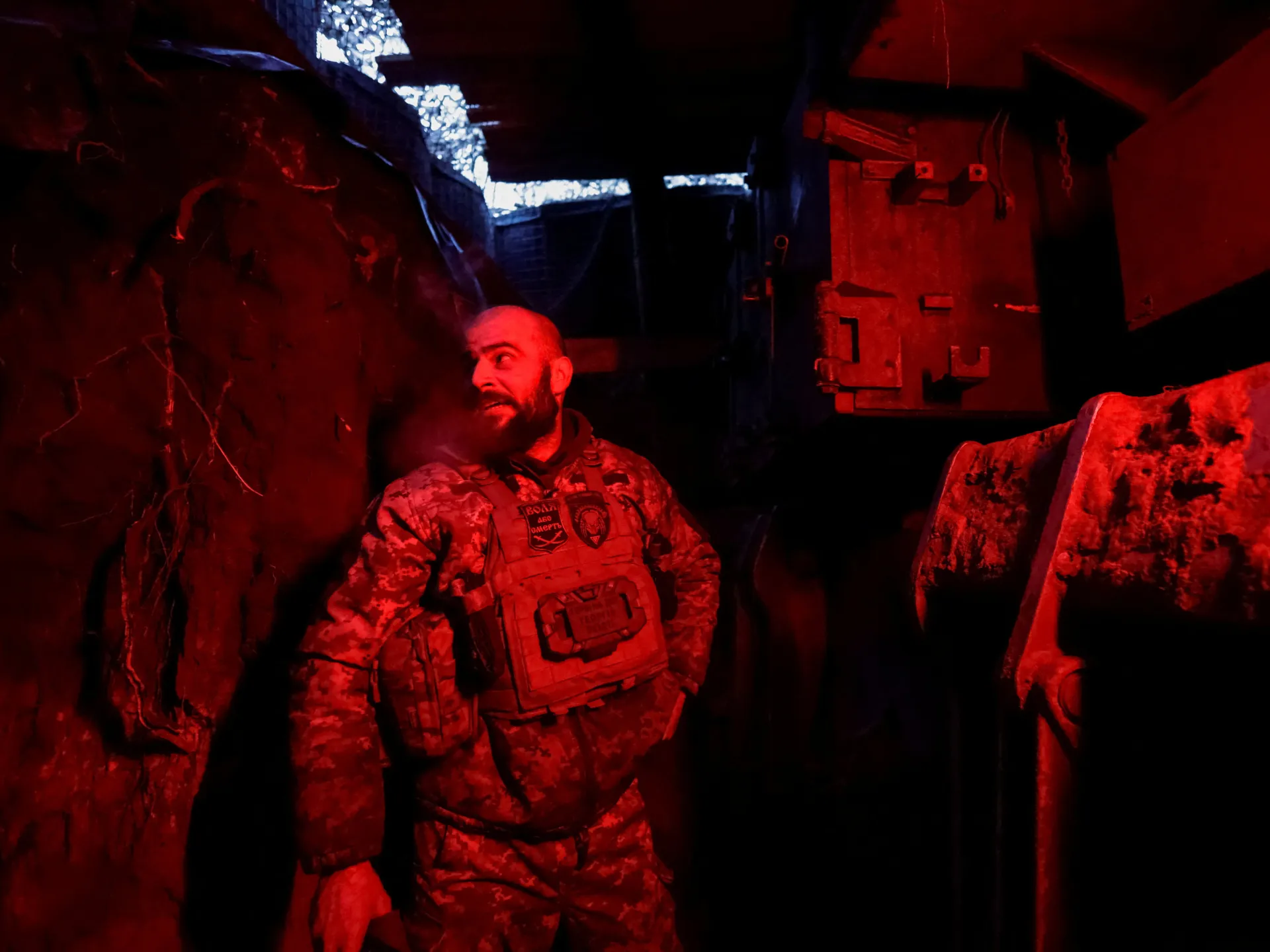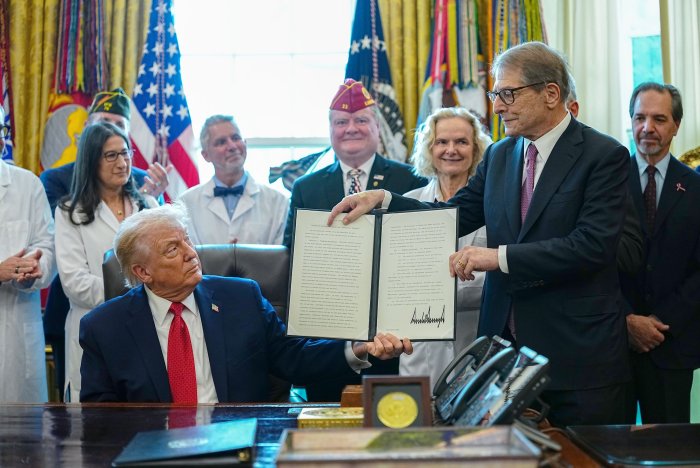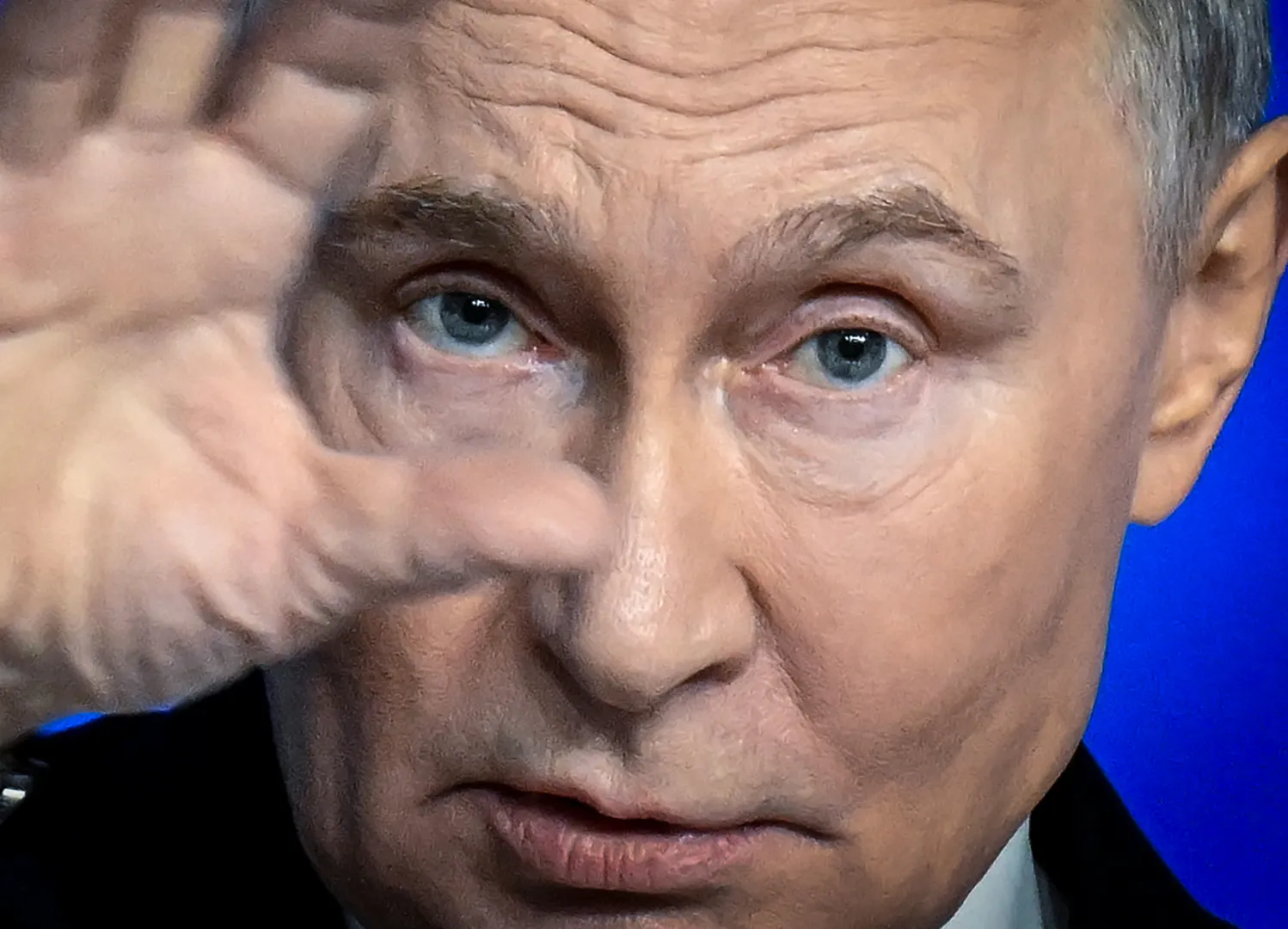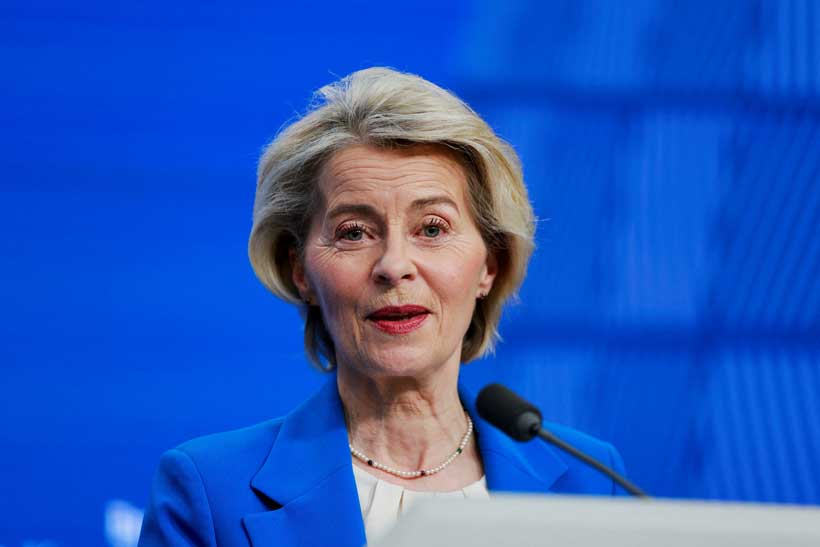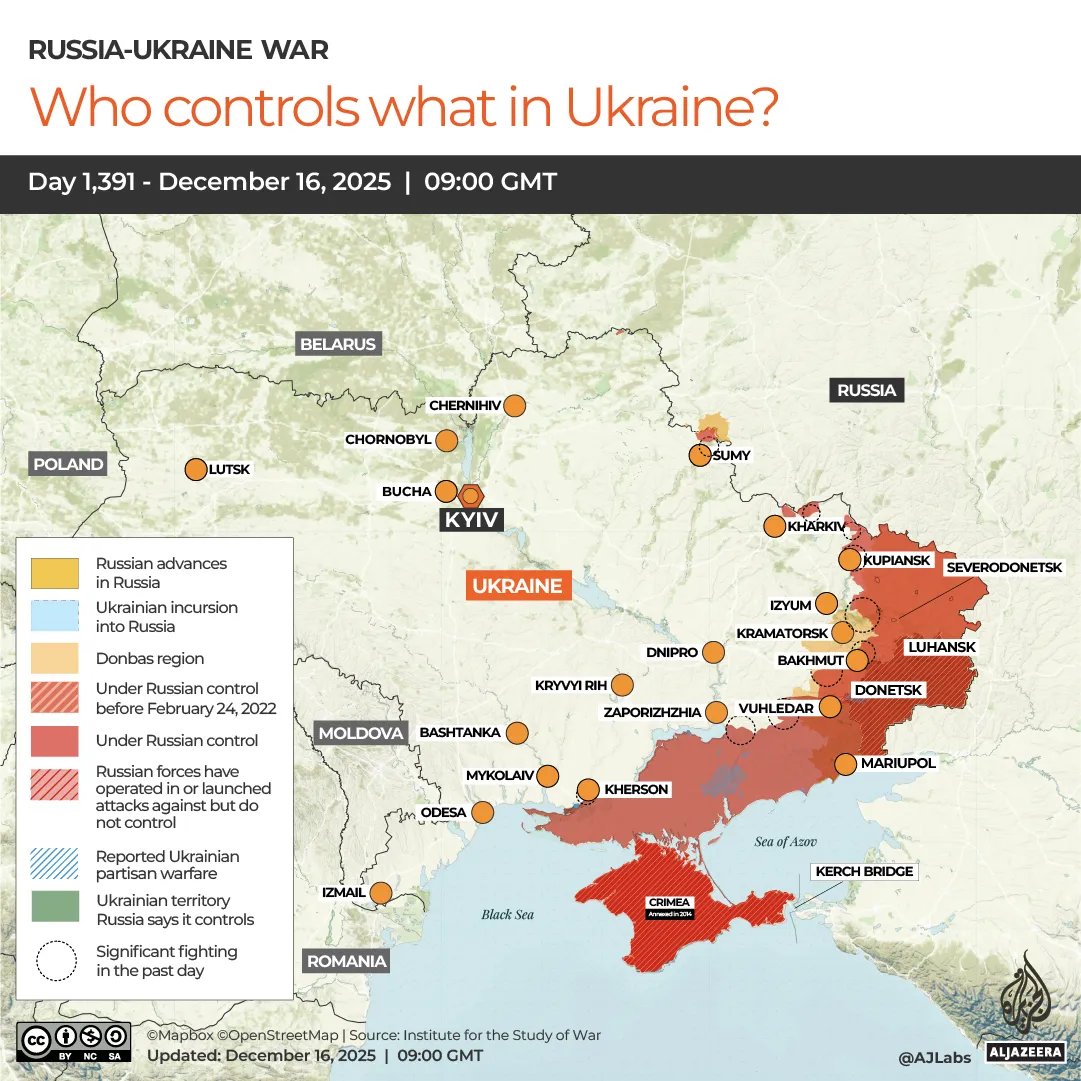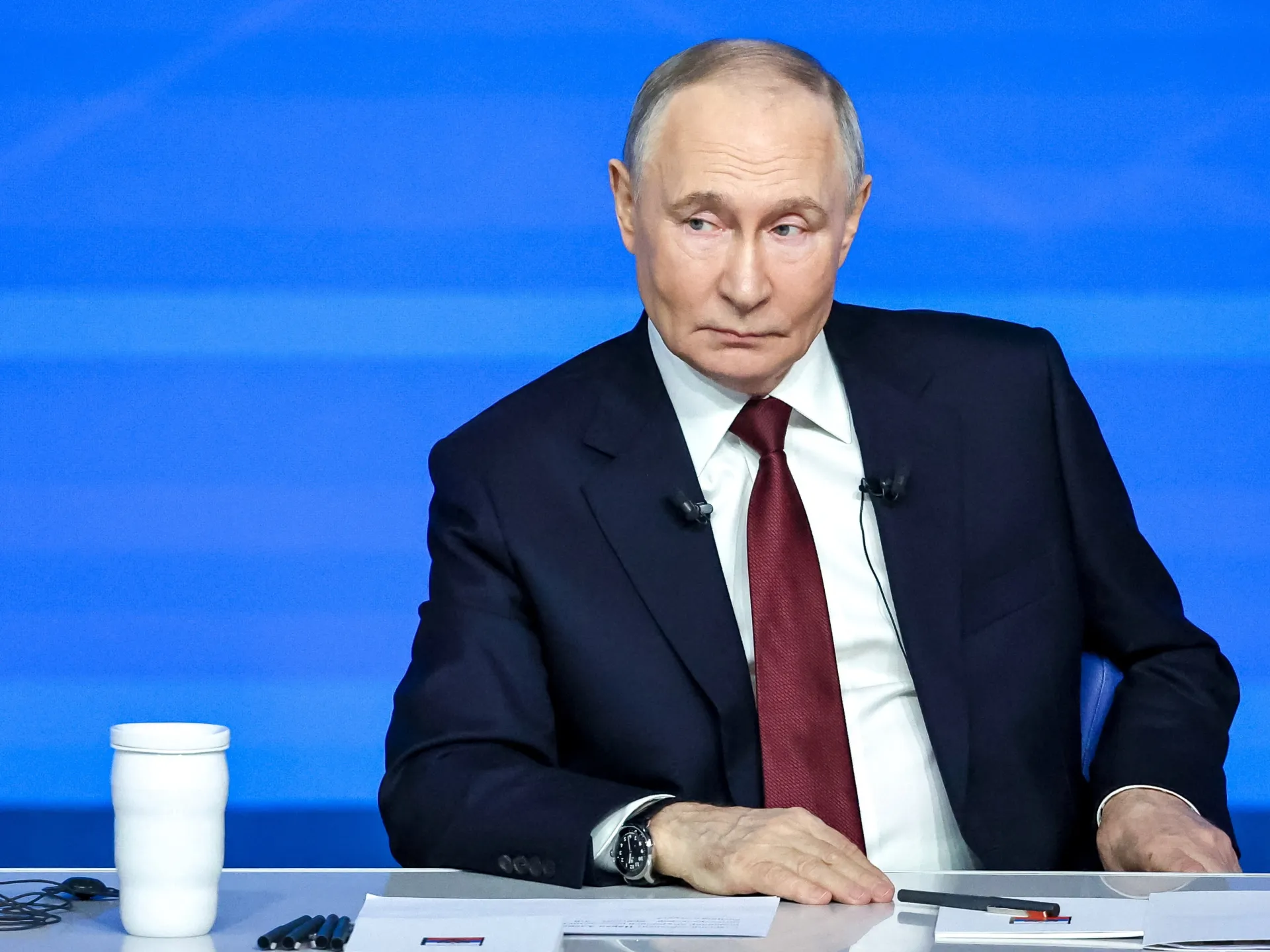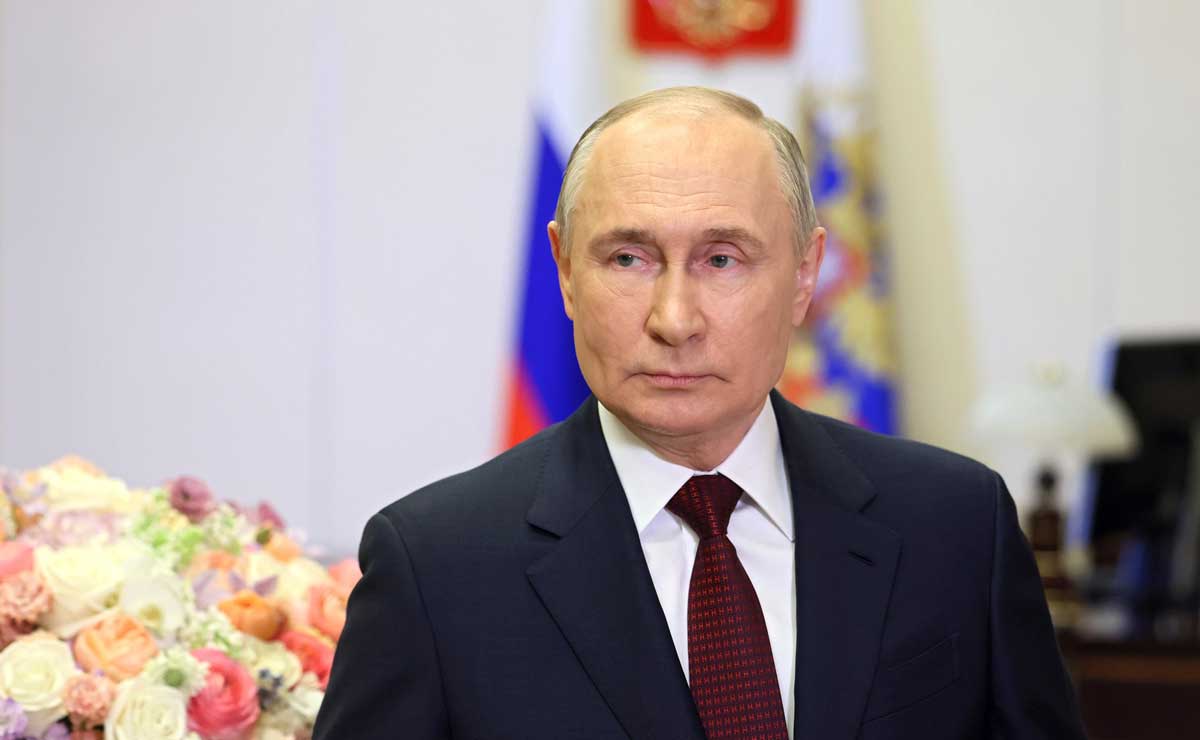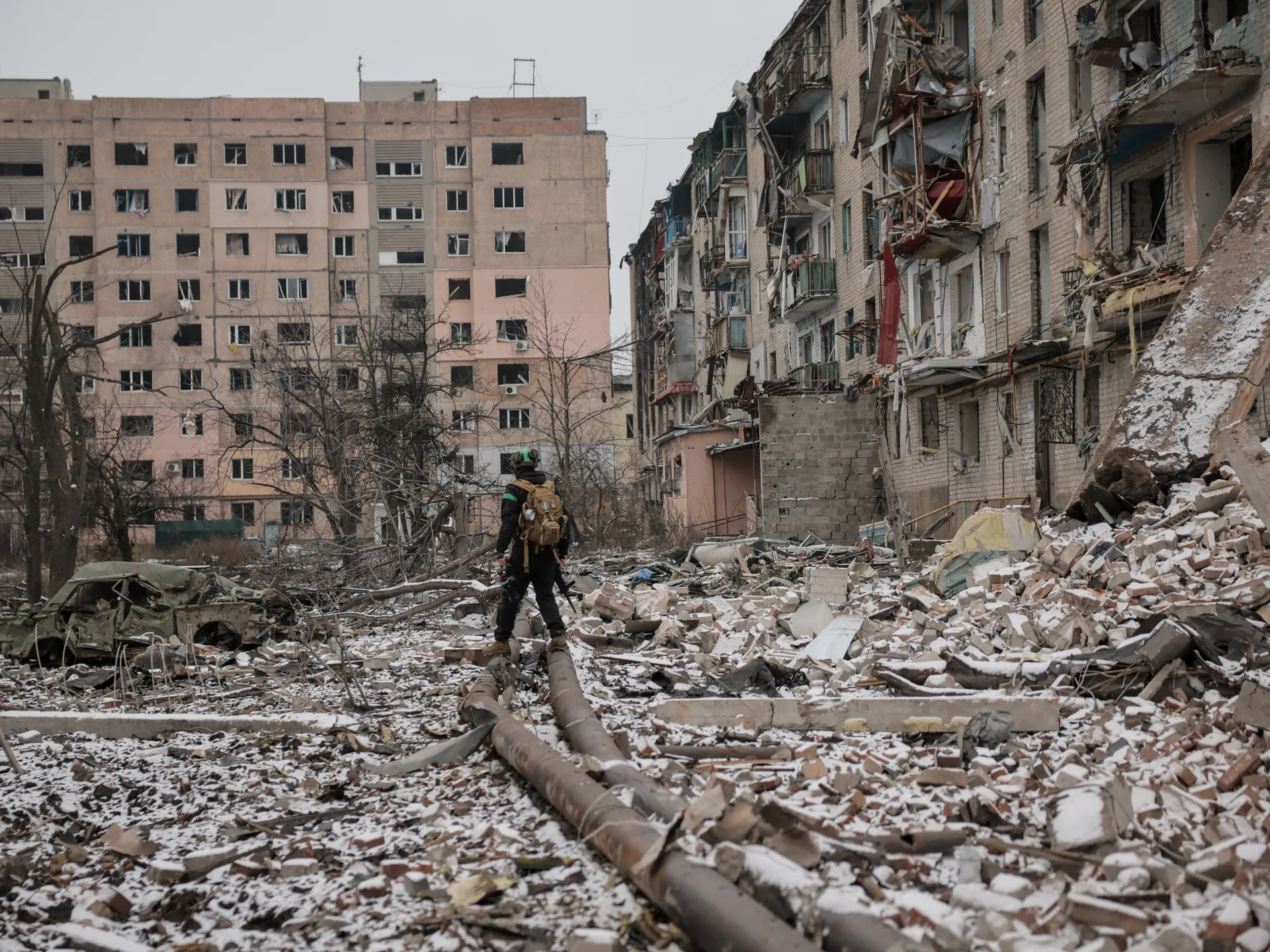Russia-Ukraine war: List of key events, day 1,398 | Russia-Ukraine war News
These are the key developments from day 1,398 of Russia’s war on Ukraine.
Published On 23 Dec 2025
Here is where things stand on Tuesday, December 23:
Fighting
- A car bomb killed Russian Lieutenant General Fanil Sarvarov in southern Moscow, the third such killing of a senior Russian military officer in just more than a year. Russian investors pointed the finger at Ukraine. Kyiv has not commented on the incident.
- Russian forces struck Ukraine’s Black Sea port of Odesa late on Monday, damaging port facilities and a ship in the second such attack on the region in less than 24 hours, according to Ukrainian officials.
- Ukrainian Deputy Prime Minister Oleksii Kuleba said on the Telegram app that the latest attack on Odesa is part of Russia’s attempt “to disrupt maritime logistics by launching systematic attacks on port and energy infrastructure”.
- Kuleba said the attack also caused damage to energy infrastructure, disrupting electricity supply to more than 120,000 customers in the Odesa region. One person was hurt in the attack, the Ministry of Internal Affairs said.
- Ukrainian President Volodymyr Zelenskyy confirmed media reports that residents of Hrabovske village, straddling the border with Russia in Ukraine’s Sumy region and home to 52 people, were taken by Russian troops. Zelenskyy said that 13 Ukrainian servicemen were among those taken.
- Ukraine’s military said it hit a Tamanneftegaz oil terminal in Russia’s Krasnodar region in an overnight attack, causing explosions and a fire. The Ukrainian General Staff said the oil terminal was part of Russia’s energy infrastructure that supported the financing and logistics of Russian troops fighting in Ukraine.
- A Ukrainian drone attack also damaged two vessels in the same region. All crew on the ships at the Volna terminal have been safely evacuated, according to regional authorities.
- Russia’s Ministry of Defence said it had captured Vilcha village in Ukraine’s eastern Kharkiv region. The claim could not be immediately verified.
Politics and diplomacy
- US President Donald Trump said that talks to end the war in Ukraine are going “OK”, amid questions about their progress, with Moscow and Kyiv still far apart on some key matters.
- Zelenskyy, meanwhile, described the negotiations in Miami as “very close to a real result”. He also told a gathering of Ukrainian diplomats that the peace process “all looks quite worthy”, even as he conceded that “not everything is ideal with this, but the plan is there”.
- Separately, in his nightly video address to the nation, Zelenskyy said the key issue in the talks was to determine whether the US was able to “get a response from Russia; real readiness on the part of that country to focus on something other than aggression”. He said that continued pressure on the Kremlin was vital to reduce Moscow’s capacity to wage war.
- The Kremlin said talks between Russia and the US in Miami on ways to resolve the conflict in Ukraine should not be seen as a breakthrough. Kremlin spokesman Dmitry Peskov told the Izvestia news outlet that the discussions were expected to continue in a “meticulous” expert-level format.
- Peskov also questioned the reliability of the sources cited in a Reuters news agency report, which said that the US intelligence community believes Putin wants to seize all of Ukraine and reclaim parts of Europe that belonged to the former Soviet bloc. Peskov told reporters in Moscow that if the report was accurate, then the US’s intelligence conclusions were wrong.
- Russian Deputy Foreign Minister Sergey Ryabkov declared that Moscow is ready to confirm in a legal agreement that it has no intention of attacking either the European Union or the US-led NATO military alliance, the state RIA news agency reported.
Military aid
- The Czech Republic’s National Security Council will debate the future of a Czech-led, Western-financed scheme organising artillery ammunition supplies for Ukraine on January 7, Prime Minister Andrej Babis said. The scheme also brings together foreign donors, including Germany, Denmark and the Netherlands.
Regional security
- Swedish customs released the Russian ship Adler, which it boarded over the weekend to perform an inspection, with marine tracking data showing the vessel was on the move again. Swedish customs declined to say what cargo the Adler had been carrying. The Adler is under EU sanctions, while the vessel and its owners, M Leasing LLC, are both subject to US sanctions, suspected of involvement in weapons transport.

